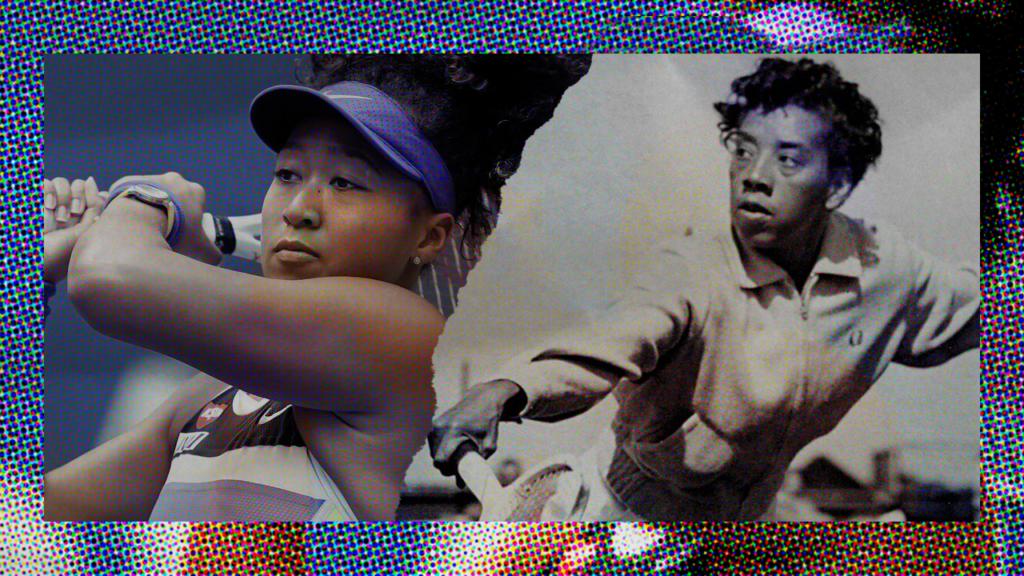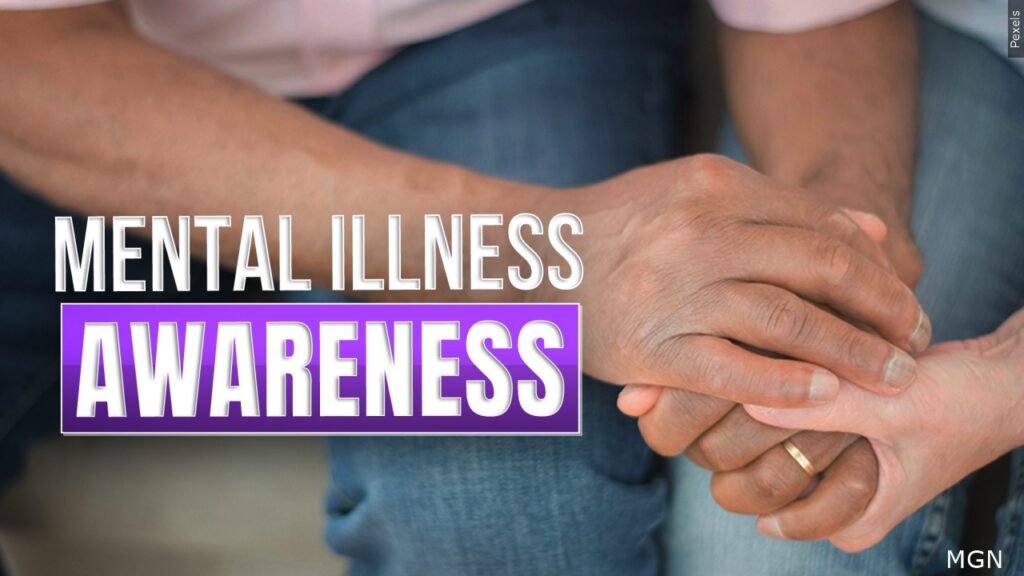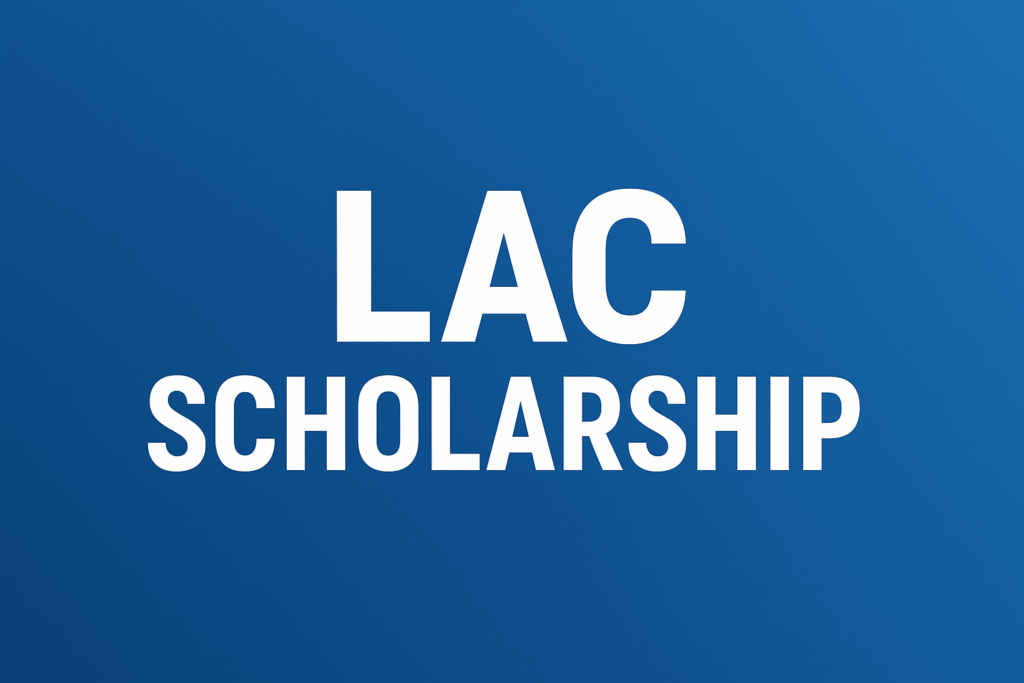In this op-ed Ahriyan Adams discusses the history of Althea Gibson, her journey to the Grand Slam and her legacy that still persists on and off the courts.
While winning the U.S. Open and earning her third title, Naomi Osaka defeated her opponents while proudly wearing masks displaying the names of African American victims of police brutality. The Haitian and Japanese athlete has gracefully and swiftly raced to the top. Osaka became a pro athlete in 2013 and won her first Grand Slam title in 2018 — making her the first Japanese player to hold that title. As there are continuous strides to enhance and widen diversity in the sport of tennis, few came before Osaka laying the foundation for women and minority athletes. One of the first to do so was Althea Gibson, American tennis player, professional golfer, singer and former Rattler.
Althea Neale Gibson, born in August of 1927 in Silver, S.C. and raised in Harlem, N.Y., began playing tennis at an early age. The New York Police Athletic League provided Althea Gibson opportunity in which Gibson discovered her talents as she excelled in paddle tennis. By the age of 12, she became New York City’s women’s paddle tennis champion. After dropping out of school due to a struggle in academia at the age of 13, Gibson spent time living in a protective shelter but continued to pursue her interest in tennis with the support of her community.
Musician Buddy Walker along with boxer Sugar Ray Robinson noticed the aptitude in which Althea Gibson possessed, inviting her to increase her skills on local courts. Winning numerous tournaments hosted by local recreation departments, Gibson was introduced to the Harlem River Tennis Courts in 1941. After one year of picking up a tennis racket, Gibson won a local tournament sponsored by the American Tennis Association, an African American organization whose sole purpose is to promote as well as sponsor Black athletes.
With the continuous and overwhelming support of her community, love for tennis and ambition, Althea Gibson was afforded an athletic scholarship to attend Florida A&M University (then, Florida Agricultural and Mechanical College). During Gibson’s matriculation to receive her B.S. in Health and Physical Education, she not only played tennis but was a part of the women’s basketball team and hosted meetings with the organization, New Homemaker of America Girls of Florida A&M. While attending college Gibson struggled with adversity, as discrimination and segregation limited her in the tennis world. The sport was closed off to her being a minority as the tennis league was a white-managed and white-dominated both nationally and internationally.
Ideals and concepts began to change in 1950 as the number one tennis star at the time, Alice Marble, wrote a piece in American Lawn Tennis magazine condemning the world of tennis for dismissing a player of high talents, specifically Althea Gibson, to compete in her caliber tournaments. Despite the injustices of not recognizing Gibson’s talent on a global scale, Althea Gibson continued a winning streak in the 1940s and 50s winning over 10 titles. Marble’s article caught the attention of many. Soon after making competing in the U.S. National Championships and Wimbledon, Gibson became amongst the top 10 players in the United States.
The United States Lawn Tennis Association began to sponsor Gibson’s games, sending her worldwide on a State Department tour traveling across countries and continents. With an increase of acknowledgment and unwavering skills, Althea Gibson was sure to acquire well-deserved victories. In 1956, the hardships endured and perseverance finally rewarded Gibson as she won the French Open. Later to follow, Gibson won both the Wimbledon and U.S. titles in 1957 and 1958 in the women’s singles and doubles.
“Who could’ve thought that here standing before you today a negro women raised in Harlem and went on to become a tennis player with the help of many, many people, and finally wind up being a worlds champion, as a matter of fact, the first Black women champion of this whole world,” said Althea Gibson to a crowd honoring her success and legacy.
Gibson continued her tennis career achieving more wins, touring with the Harlem Globetrotters and making appearances around the world. Althea Gibson went on to sing, played pro golf, became an author and created a foundation for youth to develop skills and education in their community. Gibson’s dynamic skills and persistence paved the way for Venus and Serena Williams who later came to be her successors in the world of tennis.
“Althea Gibson was an American tennis champion…to accomplish what she accomplished during that period of time was nothing short of a miracle,” Venus Williams expressed in a Wimbledon video honoring Gibson.
Awards and statues are now dedicated in honor of the achievements and pioneered efforts of the first African American tennis player. Without the devotion to the sport and refusal to be undermined the sport of tennis would not be where it is today if it were not for Gibson’s contributions.
“God grant that all the youngsters that are coming up today trying to get in some field or sport that they love and like to play. I hope that God grants them the encouragement, the determination to carry on as I have,” Gibson explained after winning her titles.
Now, after seventeen years of Gibson’s passing, her memory is still honored worldwide by many distinguished persons. Some of these artifacts and awards can be seen displayed in FAMU’s Meek-Eaton’s Black Archives celebrating the trailblazing athlete and student that initiated a new world of tennis. Championing athletes such as Naomi Asoka to continue the journey and pave the way in the face of adversity for many more to come.













